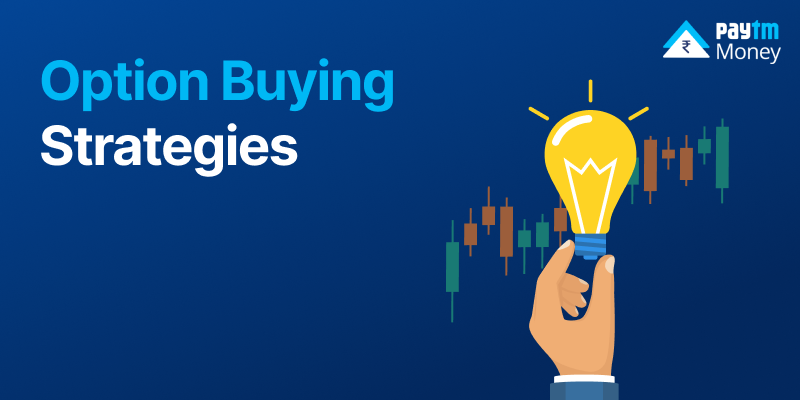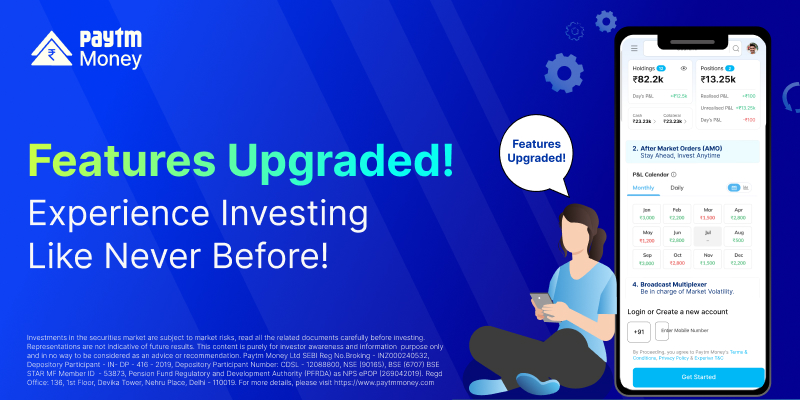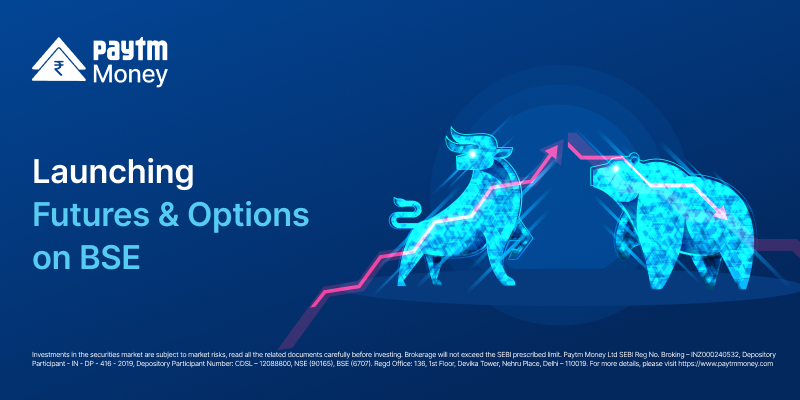Option Buying | A Beginner’s Guide5 min read
In order to learn about car driving, you must learn about clutches, brakes, accelerators, gears, and other driving-related parts. However, we only learn how to drive a personal car, not how to drive a sports car. It is essential to understand everything well enough to compete professionally. Similarly, even if we are familiar with the fundamentals of options trading, it is important to learn the various factors that influence the price of options along with trading strategies.
Option Buying vs Option Selling
1 out of 3 (up, down, and sideways) scenarios favor an option buyer, whereas for an option seller, there are 2 out of 3 scenarios in favor. This makes buying options more difficult than selling them. While option buyers profit from momentum, option sellers profit from theta decay, i.e., time runs in favor of the option seller and against the option buyer. Option buyers face limited risk but a lower likelihood of success, whereas option sellers face greater risk but higher profitability.
Impact of Implied Volatility on Buying & Selling
Option IV and options premiums are proportionally linked. The higher the IV, the higher the premium, and vice versa. Option IVs rise when an event occurs that has the potential to influence market movement. These events could include the Union Budget, state or assembly elections, etc. As the event approaches, the IVs rise, preventing the theta (time value) from decaying. Because of this, the far OTM strike prices now have a high probability of closing ITM or ATM with theta decay being low; consequently, the option-selling trade might not produce the expected returns. However, since all OTM options must expire at zero on the expiry day, the theta, which had not been decaying for days, will drop quickly on the day of the event.
Pros of Option Buying
- Option buyers only pay a small amount as the option price, known as a premium, so the loss can be limited but profits can be unlimited.
- Option buying requires less capital than future contract trading or option selling.
- Since the lot size is large, a good and quick profit may result.
Cons of Option Buying
- If the trade’s momentum swings the other way, the capital could be lost very quickly.
- Out of the three possibilities, buying options is profitable only when the trade moves with the right momentum and in a favorable direction i.e. 33% winning possibility from the market trend perspective.
Pros of Option Selling
- The probability of profit in selling an option is higher because the trader profits from the underlying moving in a favorable direction as well as theta decay even if the trend is sideways.
- On certain event-based IV spikes, the option selling can yield higher profits quickly on the day of the event or expiry.
Cons of Option Selling
- The profit is limited.
- The capital required is much higher as compared to option buying.
- The loss can be unlimited in case the trade goes in an unfavourable direction.
Option Buying Strategy Based Upon Open Interest
Open interest is the data that displays all the open positions in an underlying across strike prices and contract expiries.

Source: NSE data
Note: The securities mentioned above are used only as examples and not as recommendations.
When examining open interest data, we must consider an option seller’s perspective. Because an option seller who is at greater risk will be more cautious when initiating a trade, the data is read from the option seller’s perspective.
Let us now look at what open interest build-up is. It occurs when open interest for the strike price of an underlying increase. New positions are opened at a given strike price if open interest is increasing at that strike price. This can be seen from the change in open interest data, which shows the current day’s change in comparison to the previous day’s open interest.

Source: NSE data
Note: The securities mentioned above are used only as examples and not as recommendations.
If, on the other hand, we see a negative change in open interest at a specific strike price, it indicates that option sellers are exiting that position. There are two reasons for the same.
- The underlying is moving in the opposite direction of the trade, and the position is being closed to avoid unlimited loss.
- Option sellers exiting their profitable sell positions on the expiry day or close to it,
Based on the change in price and change in open interest data, the OI build-up is categorized into four parts:
Long Build-up
A long build-up is when the open interest of the underlying increases along with the price of the underlying. Here, traders are opening fresh long positions, causing the price to rise, and triggering further buying in the markets.
Short Build-up
A short build-up occurs when the open interest of the underlying increases while the price of the underlying declines. Here, traders are opening new short positions, causing the price to fall and triggering a further sell-off in the markets.
Short Covering
When traders close their existing short positions in an underlying, this brings buying into the market, causing prices to rise while the OI falls. This is called short covering. This enables the initiation of buy positions.
Long Unwinding
When traders who have opened long positions begin to book profits or exit their positions, the OI begins to fall, and as long positions close, the price falls as well. This decrease in price and OI is known as long unwinding. This enables the initiation of short positions.
Conclusion
Based on the OI build-up and the change in price, we can identify the trend of the underlying. When the price is in the support or demand zone and there is a spike in put open interest, the strike price with the highest put open interest can be considered strong support. To initiate a long trade, traders can look for technical confirmation from other indicators on a lower timeframe.
Similarly, when the price is in a resistance or supply zone and a spike in call open interest is observed, the strike price with the highest call OI will act as resistance.
Disclaimer– Investments in the securities market are subject to market risks, read all the related documents carefully before investing. This content is purely for information purpose only and in no way to be considered as an advice or recommendation. Paytm Money Ltd SEBI Reg No. Broking – INZ000240532. NSE (90165), BSE(6707) Regd Office: 136, 1st Floor, Devika Tower, Nehru Place, Delhi – 110019. For complete Terms & Conditions and Disclaimers visit: https://www.paytmmoney.com/stocks/policies/terms




